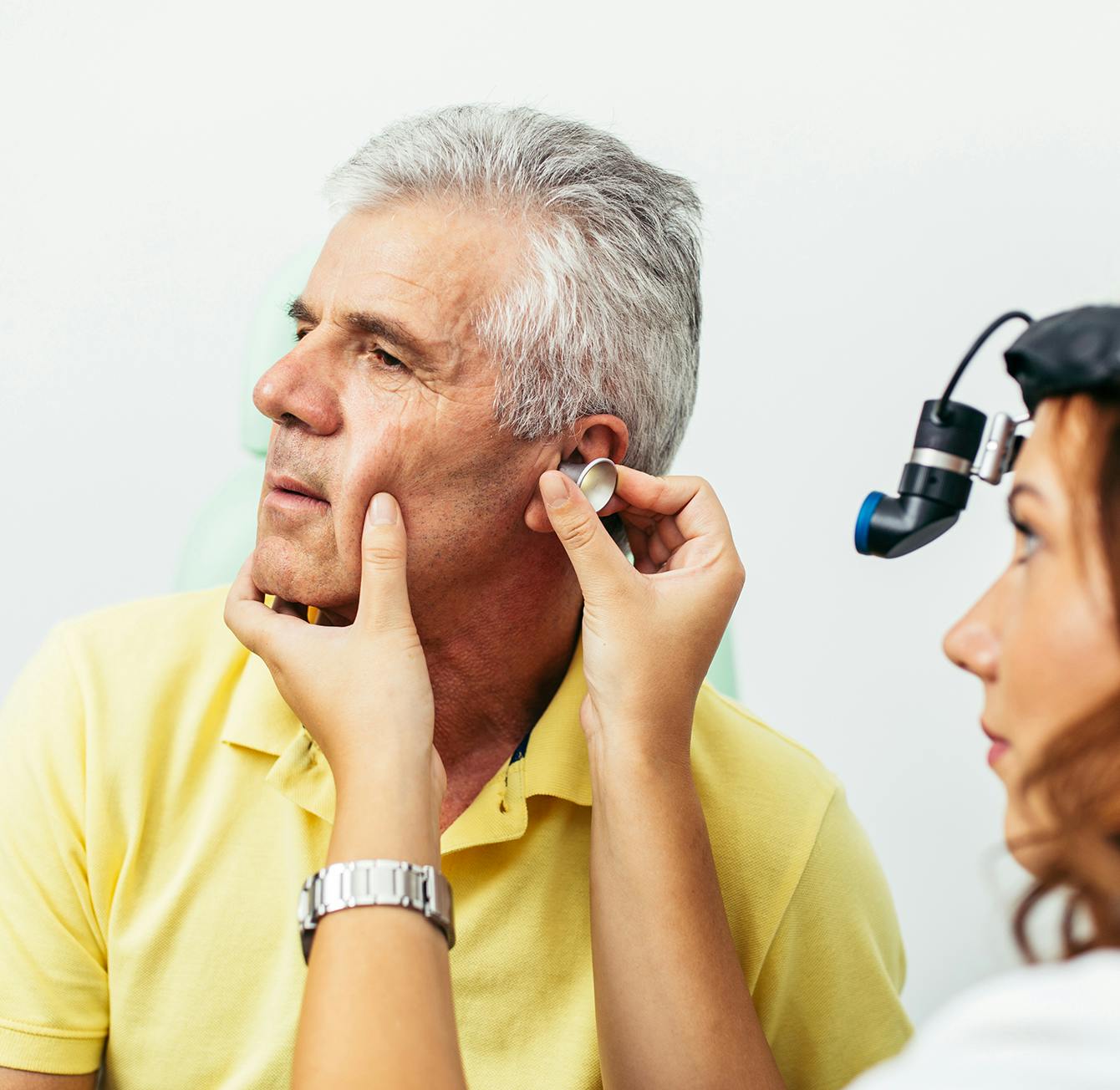The cochlear implant is a unique device that helps individuals with severe to profound hearing loss on one or both sides to hear once again.
Texas ENT Specialists is a top-rated comprehensive ENT Provider in the Houston area. We offer our patients:

Cochlear implants allow users to hear “better” over time with continued use of the implant. They can also improve understanding of speech, increase the ability to hear noises and even improve directional sense. A year after the initial implantation, the hearing function is usually much better than it was before. The procedure is also short and requires minimal downtime.
Texas ENT Specialists is a top-rated comprehensive ENT Provider in the Houston area. We offer our patients:

Personalized Treatment
We provide personalized care for all of your ENT needs.

Top-Rated Physician Network
Each location is staffed with a team of board-certified and fellowship-trained providers.

Centers of Excellence
We’ve built a seamless patient experience. Each of our offices.

Continuity of Care
We believe in comprehensive care and are committed to helping you achieve long-term relief.
The cochlear implant system contains a computer that processes sound waves into electrical signals. There is an external part of the device that is worn behind the ear that contains this computer. The device needs to be programmed and customized for the patient for optimal results.
The first programming session typically occurs four weeks after surgery and is called the initial “hook-up”. After this session, the patient will start to use the device for hearing. There will be several programming sessions (over the first few months of implant use) to adjust the implant programming. This will ensure optimal results.
